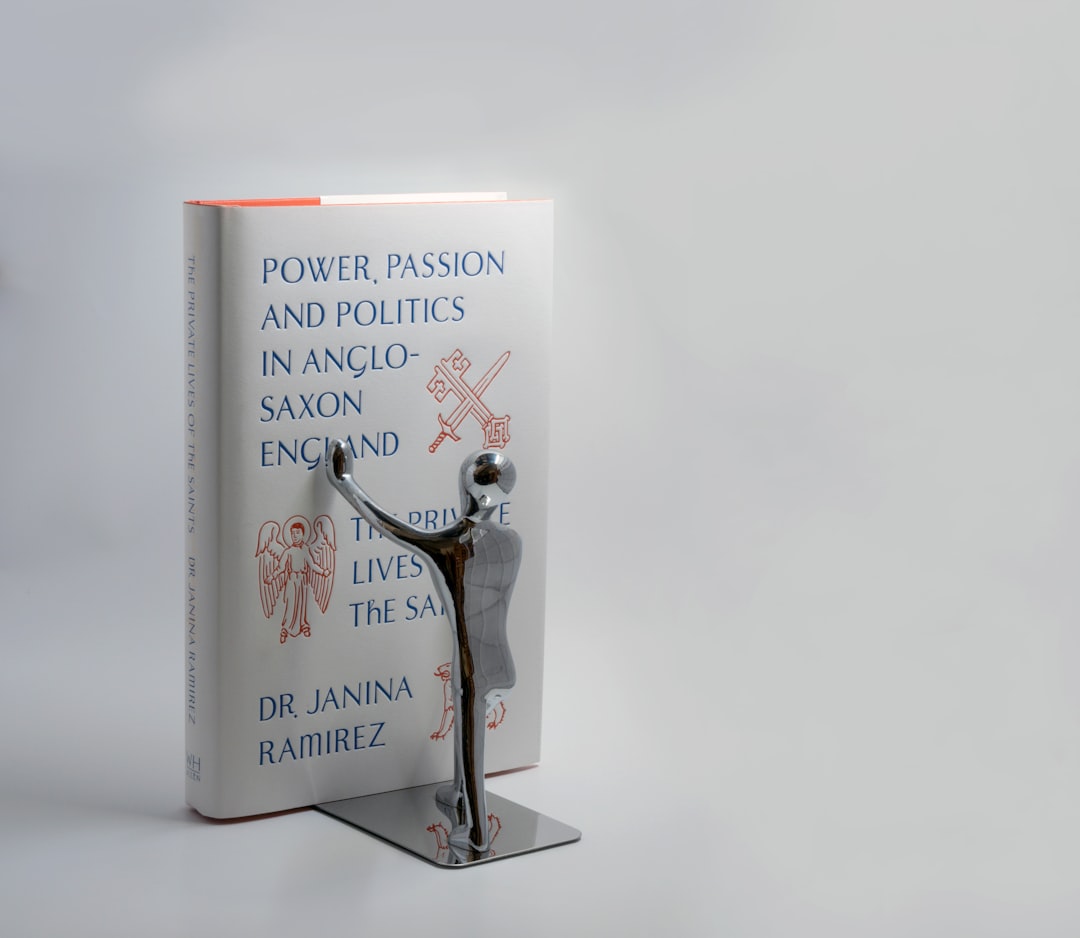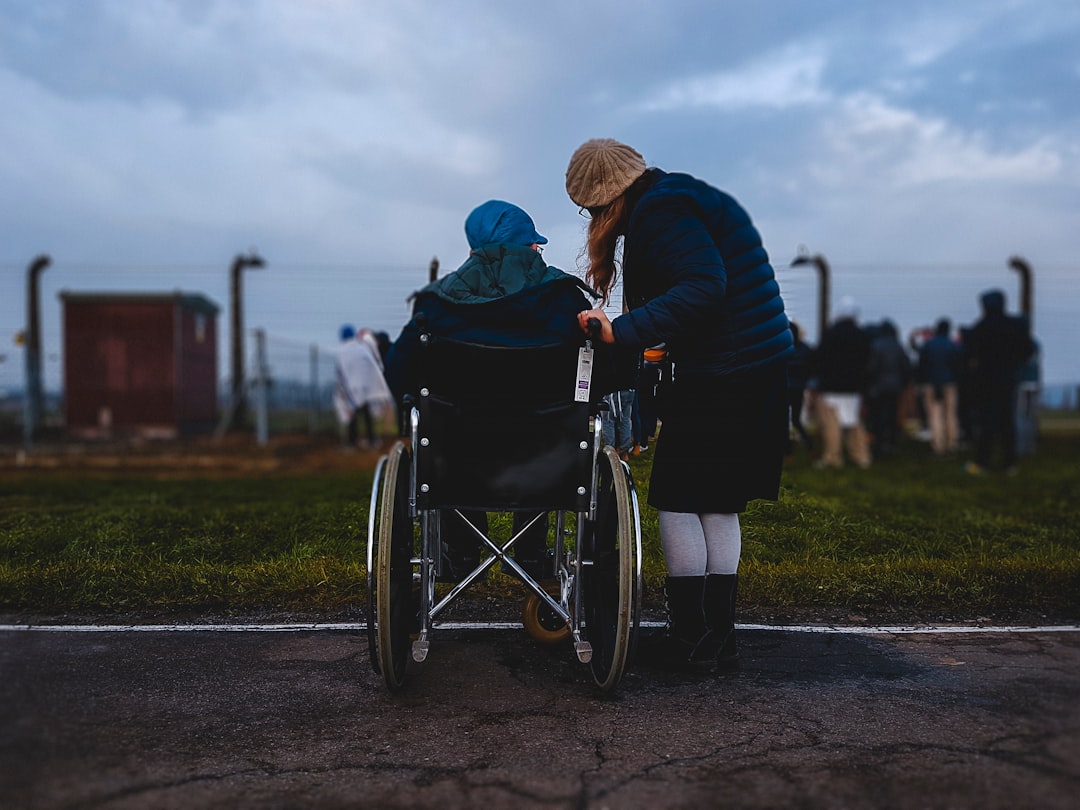What is it about?
Huge numbers of organizations-- some workers' cooperatives, others from the non-profit sector or even some for-profit organizations and public agencies-- see the point of building organizations that are non-hierarchical and that emphasize cooperative and equal relations between people. This article explains how and why such organizations have spread and how they operate. It looks at their consensus-seeking decision-making processes, their unexpected productivity and efficiencies, their de-centralized form and many other aspects. It argues that this growing participatory democratic form amounts to "Democracy 2.0", as it is a qualitative leap from the representative form of democracy put forward in the US Constitution. It argues that this new form of Democracy 2.0 is appealing to increasing numbers of people, as it allows people to re-discover the creativity, autonomy , solidarity and common purpose they often cannot find in more bureaucratic organizations.
Featured Image
Read the Original
This page is a summary of: The Logic of A Co-Operative Economy and Democracy 2.0: Recovering the Possibilities for Autonomy, Creativity, Solidarity, and Common Purpose, Sociological Quarterly, February 2016, Taylor & Francis,
DOI: 10.1111/tsq.12138.
You can read the full text:
Contributors
The following have contributed to this page










